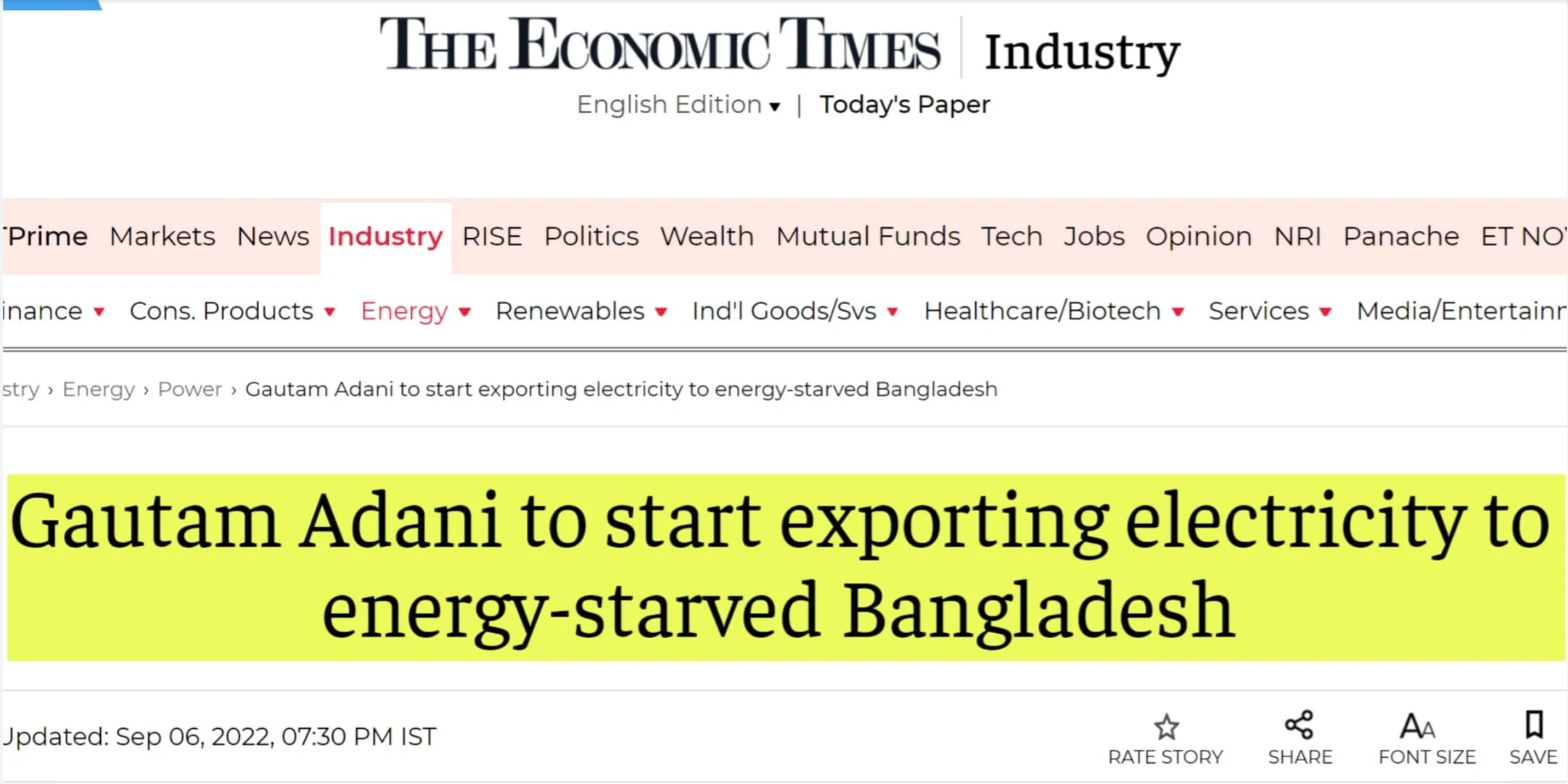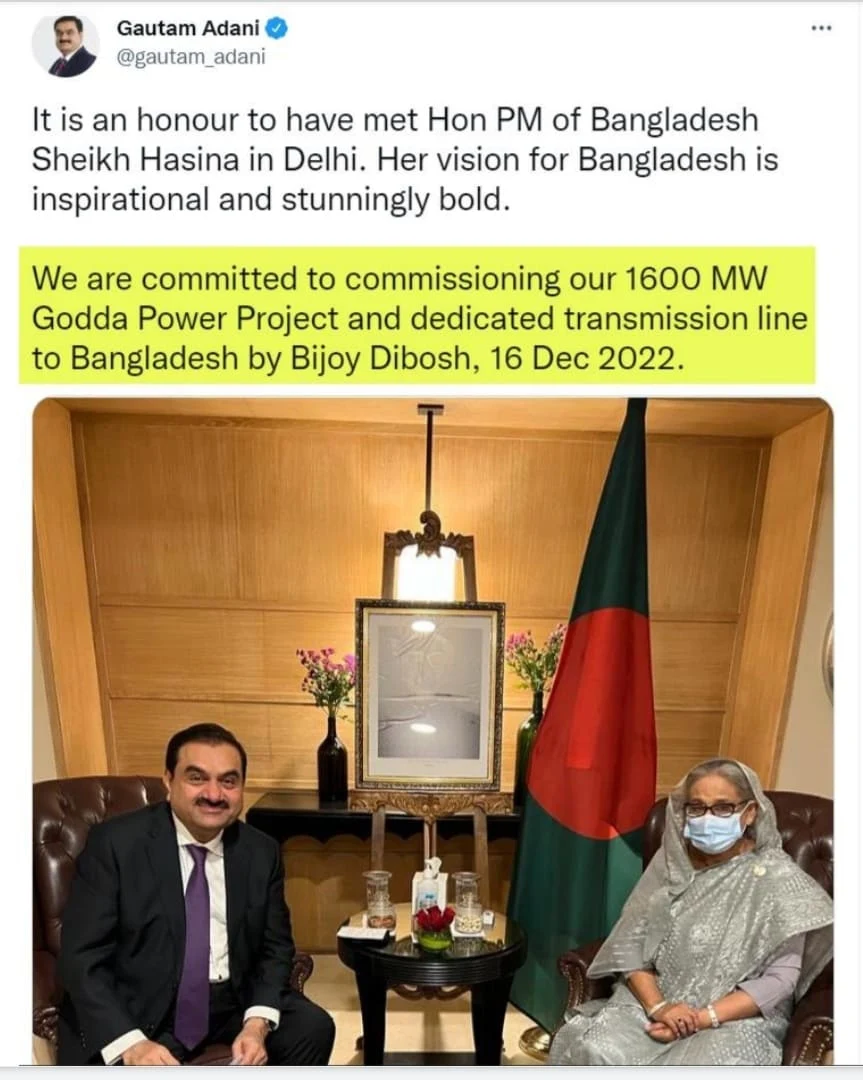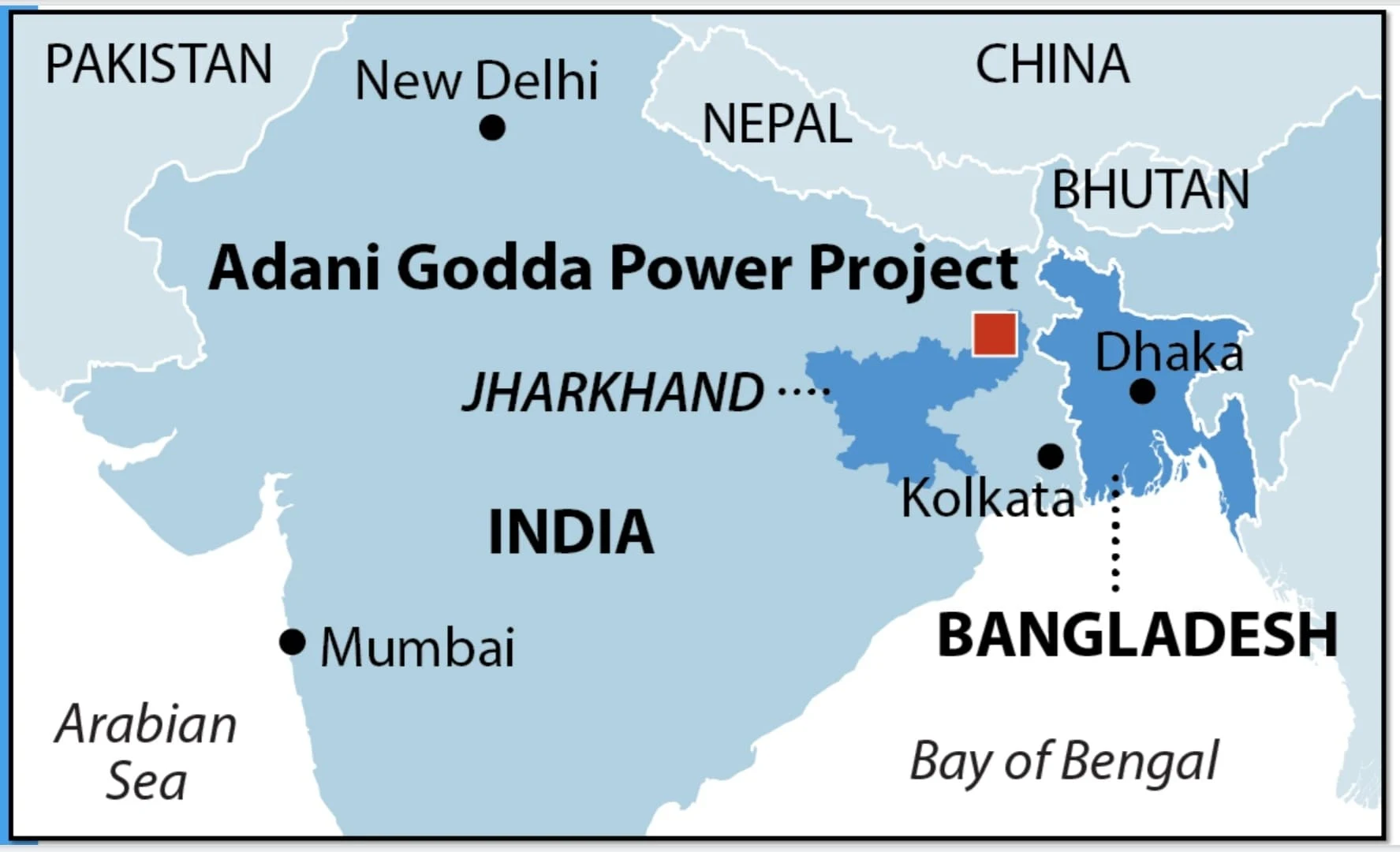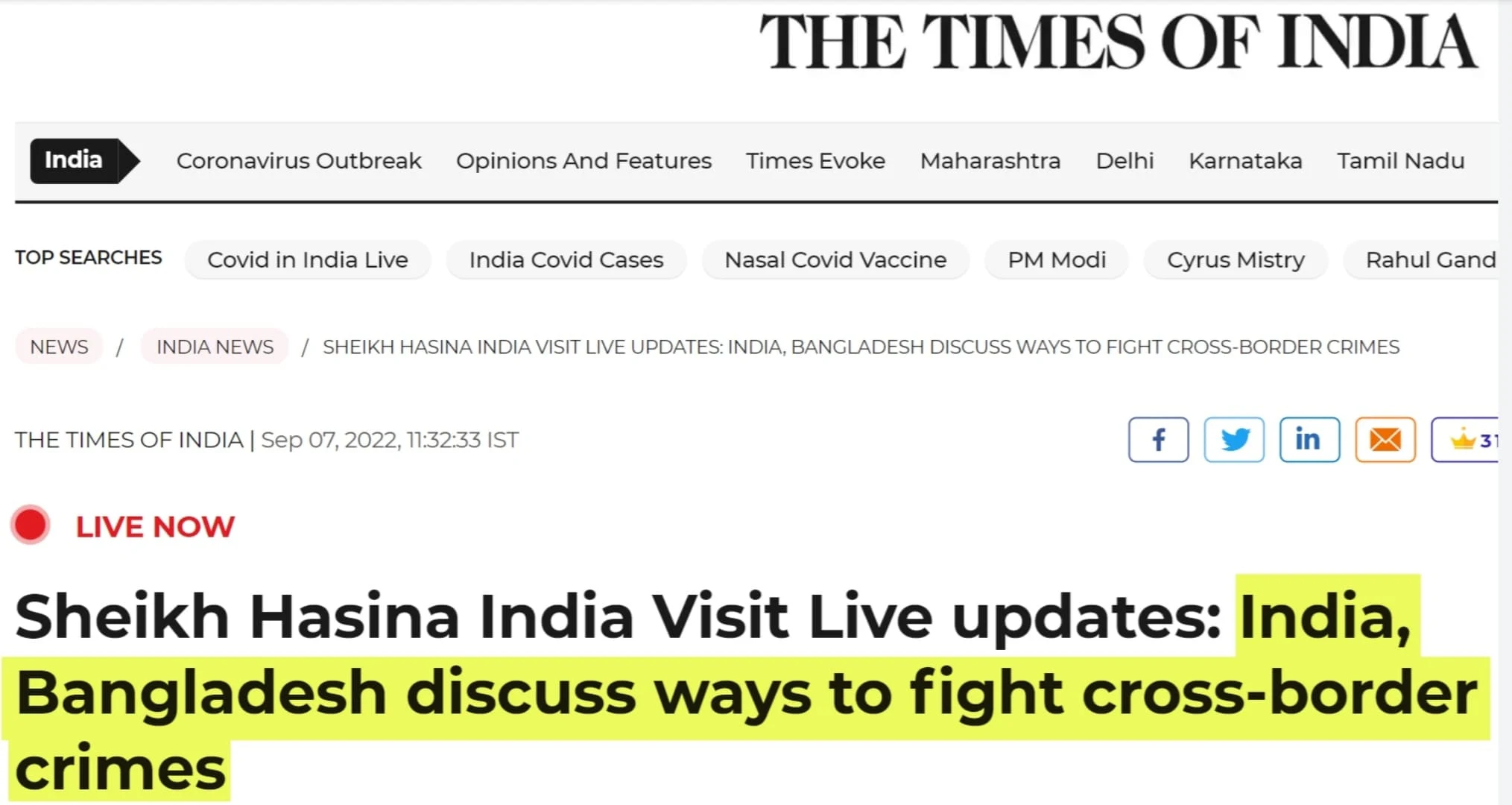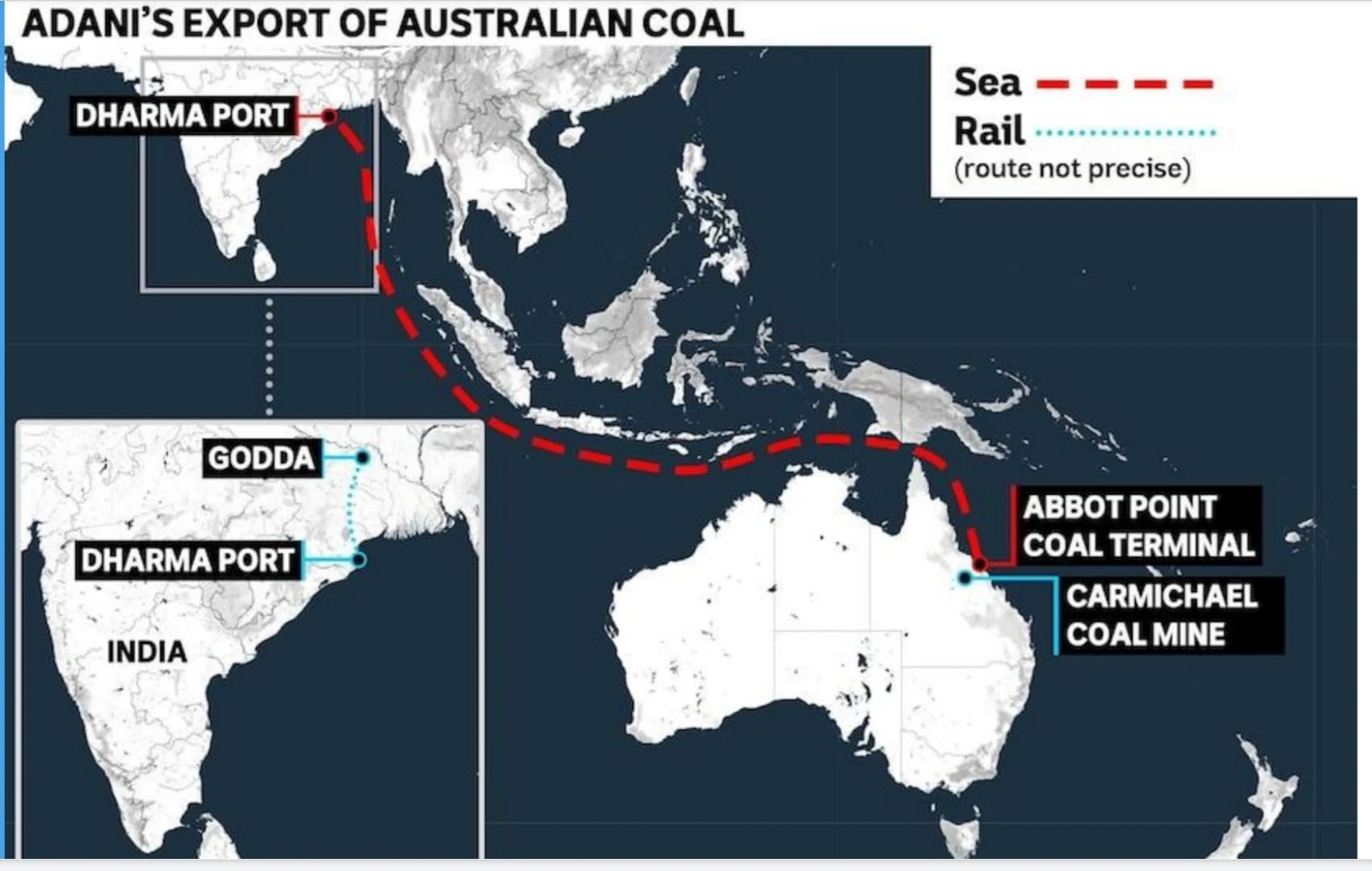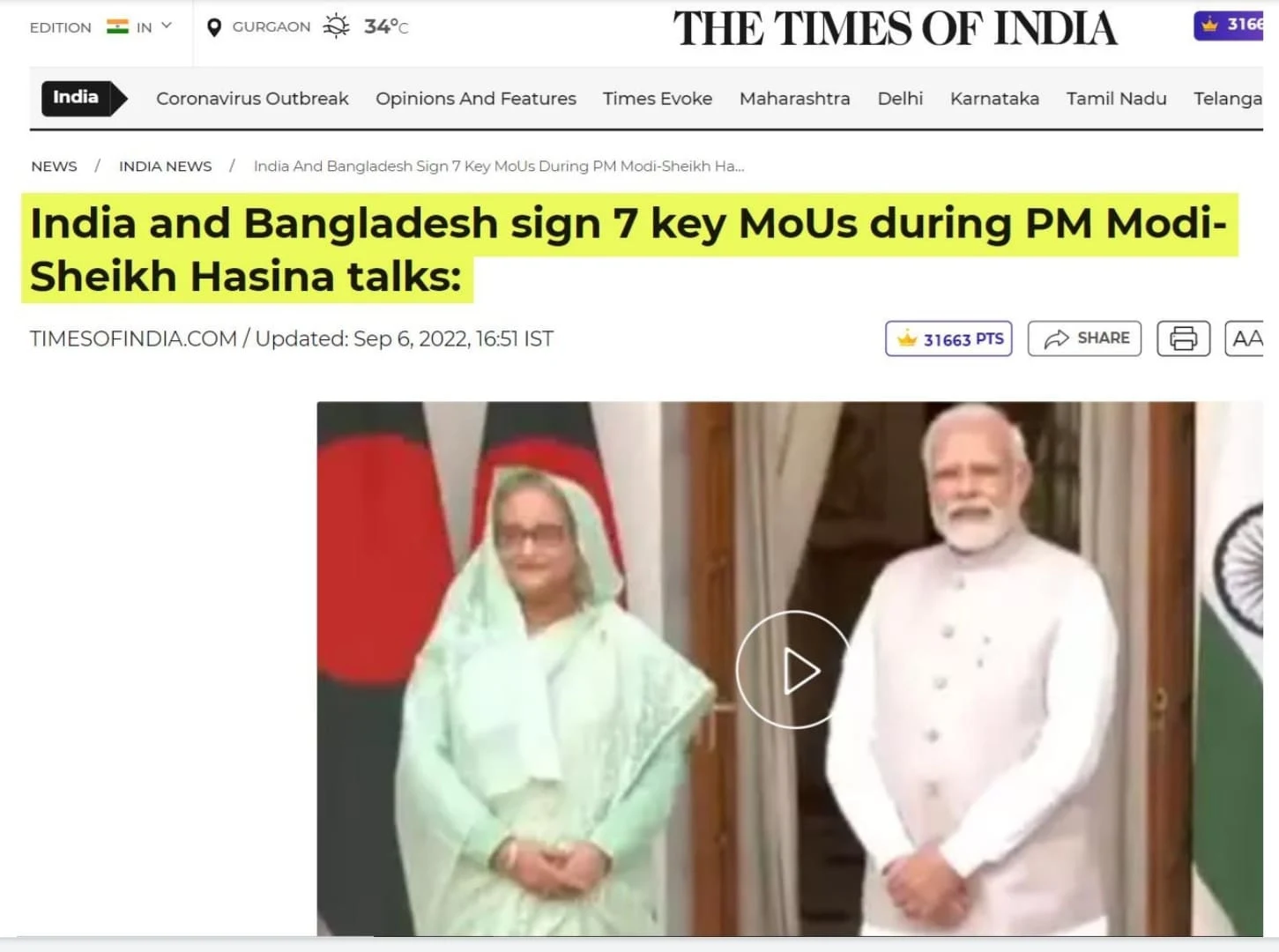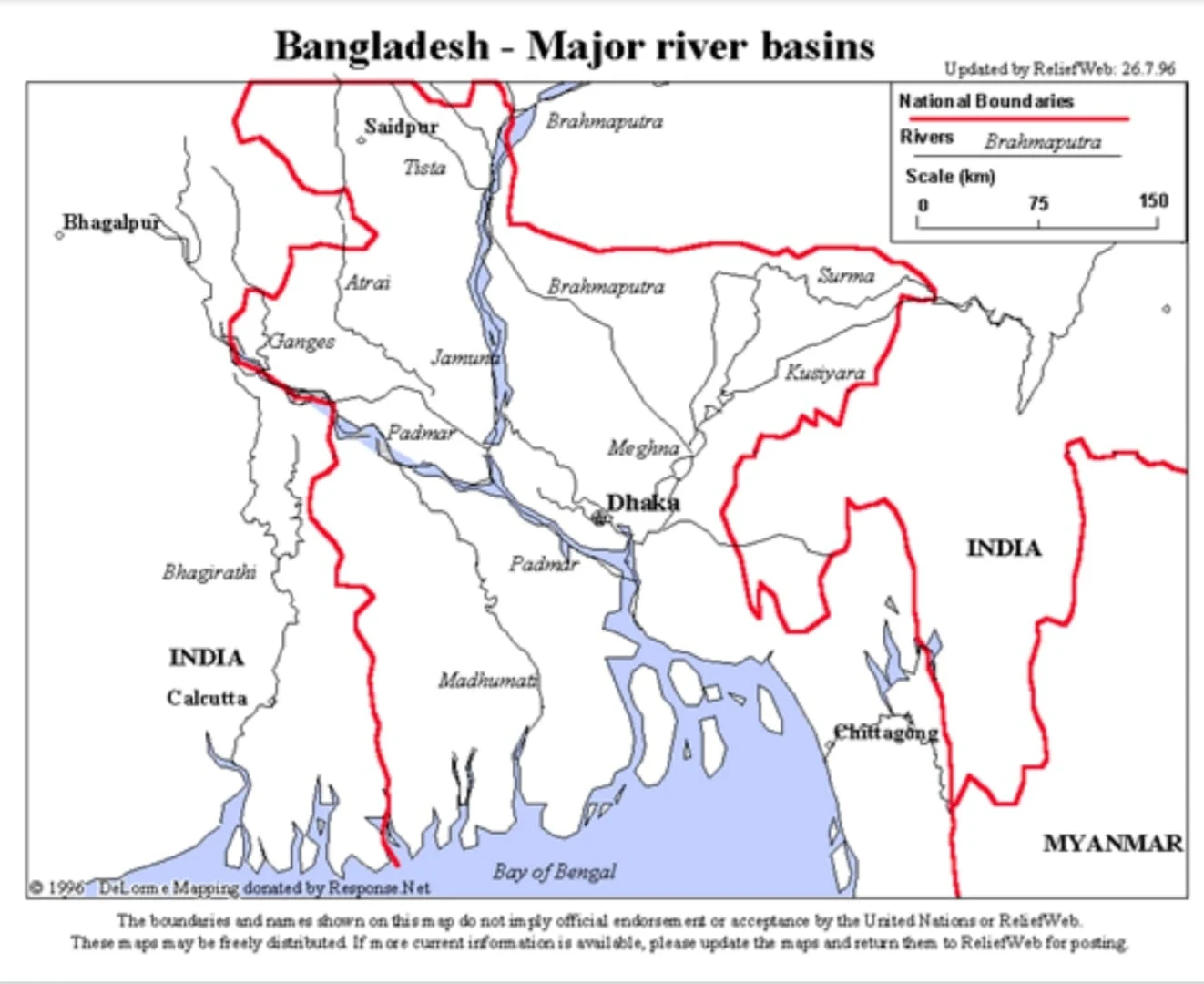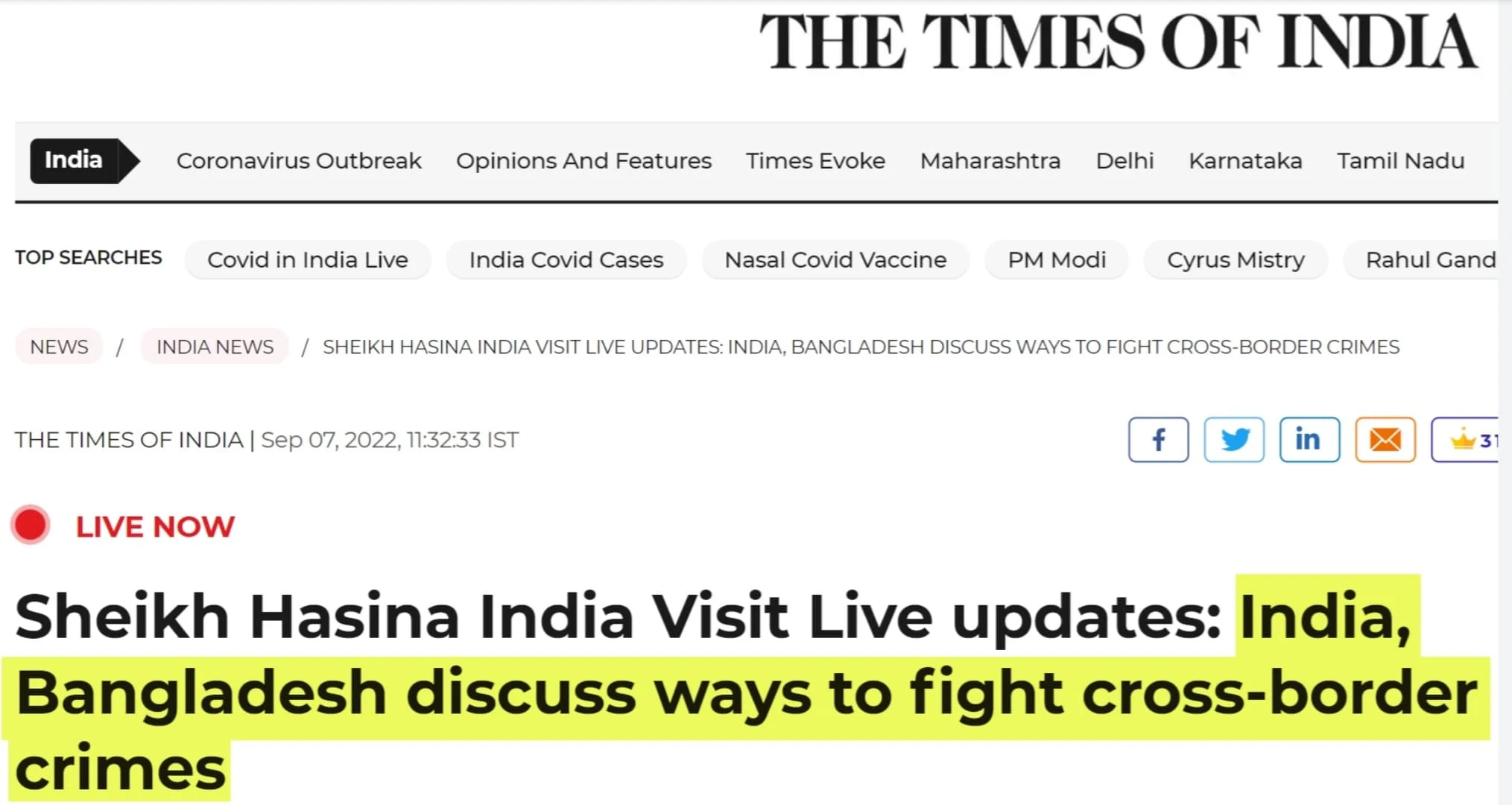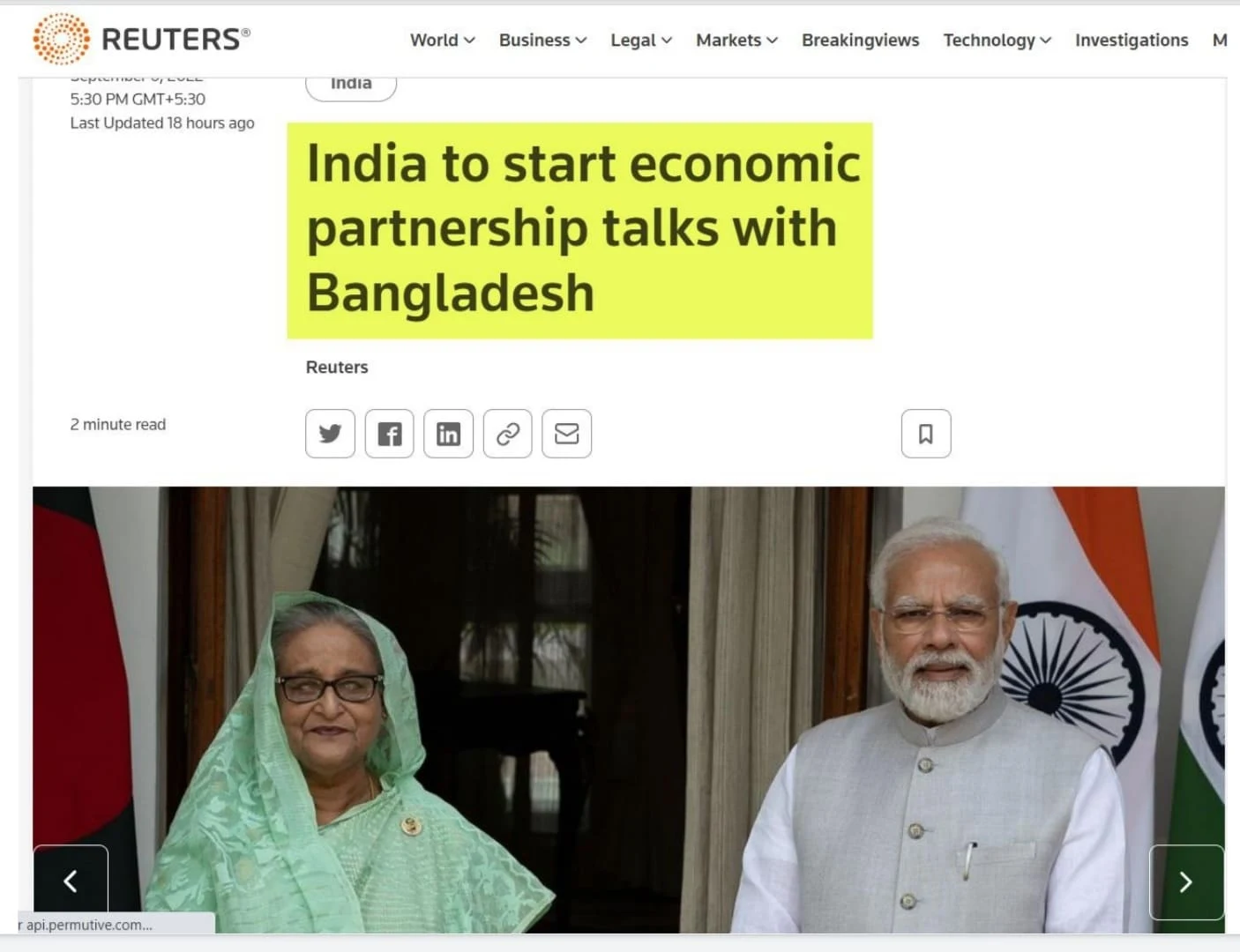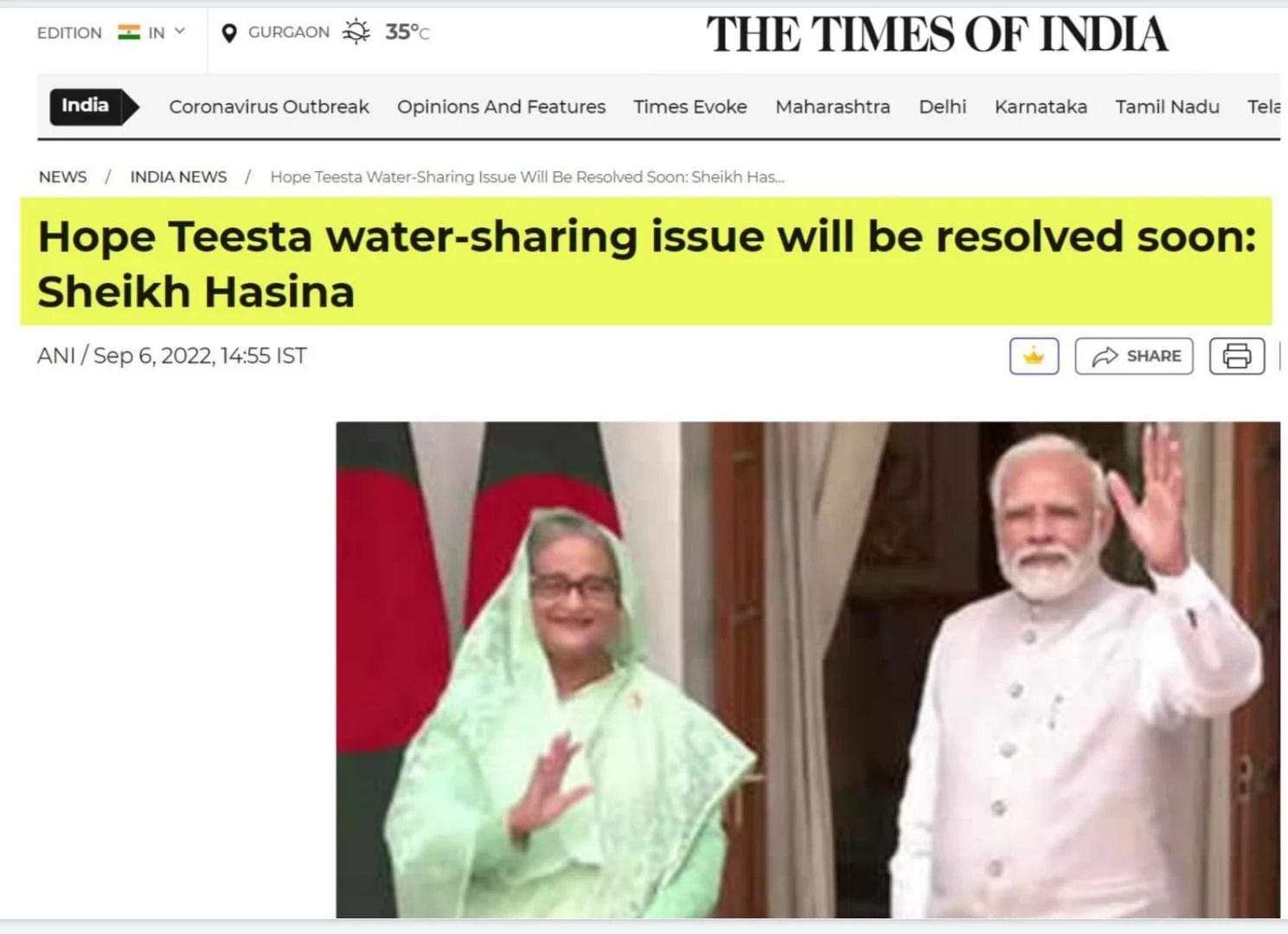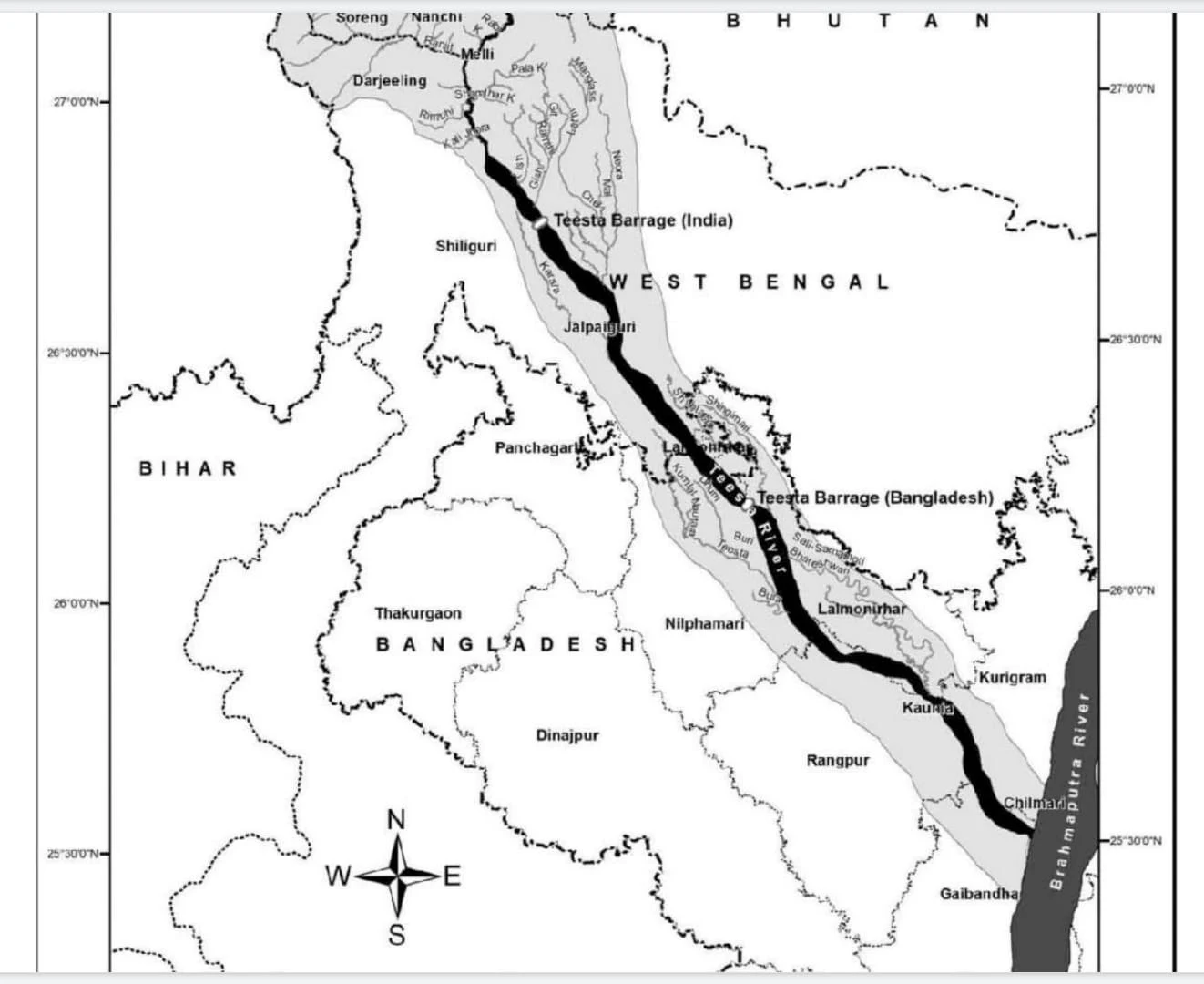WHAT HAS HAPPENED?
Tycoon Gautam Adani plans to start exporting electricity from a coal-fired plant in eastern India to Bangladesh before the end of the year, helping to alleviate energy shortages in the South Asian nation.
Adani Power Ltd. will commission a 1.6 gigawatt facility in Jharkhand state and a dedicated transmission line for the exports by Dec. 16.
The project underscores India's push to use infrastructure as part of its diplomatic outreach to neighbors.
Adani -- Asia's richest person controlling a business empire spanning ports, infrastructure and energy -- is also involved in investments in Sri Lanka.
BUT WHY BANGLADESH NEEDS POWER FROM INDIA?
Bangladesh boasts of an electrification rate of 97% - which means that almost all of its population have access to electricity.
The neighbouring country has also raised its total power generation capacity to 25,700 megawatts (MW), against peak demand of about 15,000 MW.
But since June this year, the South Asian nation has seen a return of frequent power outages as it's government struggles to keep rising fuel cost down.
HEAVILY RELIANT IN IMPORT
Bangladesh's power sector relies on imports of fossil fuels, including Liquefied Natural Gas, for electricity generation. Natural gas alone accounts for 60% of power generation.
In 2016, as part of its master plan for the power sector, Bangladesh planned to raise the share of coal to 35% of power generation by 2041.
But funding and environmental concerns have forced the neighbouring country to cancel plans for 10 coal power plants.
The country's existing renewables capacity is insufficient to serve growing power demand.
It is also aiming to double its power generation capacity by 2041 to support its export-oriented economy, according to the US Department of Commerce.
ENVIRONMENTAL CONCERN OF GODDA PLANT
Jharkhand is one of India's biggest coal-mining regions, but the plant will mainly use fuel imported from overseas, according to a 2017 approval document from the environment ministry.
Adani's project has been criticized due to the high costs of transporting the coal by sea from places like Australia and South Africa and then by train to the plant.
Prime Minister Narendra Modi and Bangladesh Prime Minister Sheikh Hasina on Tuesday signed seven Memorandum of Understanding (MoUs) on issues related to Water sharing, railways, space, science and judiciary in New Delhi's Hyderabad House.
• The MoU to finalise an interim bilateral agreement on water sharing of the Kushiyara river was signed
• An MoU was signed between the Council of Scientific and Industrial Research (CSIR), India and Bangladesh Council of Scientific Industrial Research (BCSIR) on scientific cooperation
• An MoU was signed between the National Judicial Academy, Bhopal and the Bangladesh Supreme Court to promote capacity building
• The Union ministry of railways signed an MoU with the Bangladesh Railways under which India will train personnel of Bangladesh Railways in the Indian Railways' training institutes
• Another MoU was signed between both departments under which they will collaborate to provide IT solutions to Bangladesh Railways
• MoU signed between Bangladesh Television and Prasar Bharati
• MoU signed between both countries to promote cooperation in space technology and scientific and research collaboration
INDIA-BANGLA TRADE
In 2021-22, Bangladesh has emerged as the largest trade partner for India in South Asia and the fourth largest destination for Indian exports worldwide.
Exports to Bangladesh grew more than 66% from $9.69 billion in FY 2020-21 to $16.15 billion in FY 2021-22.
India is Bangladesh's second biggest trade partner, and its largest export market in Asia.
Despite Covid-19 related disruptions, bilateral trade grew at an unprecedented rate of almost 44% from $10.78 billion in 2020-21 to $18.13 billion in 2021-22.
India's main exports to Bangladesh are raw cotton, non-retail pure cotton yarn, and electricity, and its main imports from the country are pure vegetable oils, non-knit men's suits, and textile scraps.
Following a meeting with the visiting Prime Minister of Bangladesh Sheikh Hasina, Prime Minister Narendra Modi on Tuesday said India and Bangladesh will soon commence negotiations on a Bilateral Comprehensive Economic Partnership Agreement (CEPA).
"We both believe that by taking lessons from the Covid pandemic and recent global developments, we need to make our economies stronger," Modi said.
WHY CEPA?
While informal talks on CEPA have been happening since 2018, officials said that the pandemic has brought urgency. Chinese investments in Bangladesh were an initial trigger for India, but New Delhi and Dhaka want to step up the pace following the economic shock faced by the two economies.
The CEPA is likely to focus on trade in goods, services, and investment, with a key objective being the reduction of the trade gap between the two countries.
As Bangladesh prepares to graduate into a developing nation by 2026 -after which it may no longer qualify for trade benefits that it currently enjoys as a least-developed country-it is keen to clinch the CEPA in a year.
The CEPA had figured prominently during the last commerce secretary-level meeting in New Delhi in March this year.



